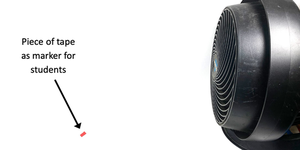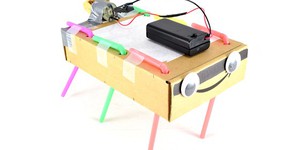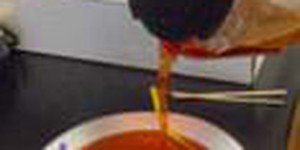Lesson Plans (247 results)
|
Select a resource
Sort by
|
Video Lesson
Grade: 3rd
Wind is a part of our everyday weather. Its strength can range from a soft breeze to a violent storm. In this lesson, students learn how to measure wind speed by building anemometers (wind speed meters) from paper cups and straws and experimenting with them.
Read more
NGSS Performance Expectations:
Featured
Lesson Plan
Grade: 6th-8th
7 reviews
Junkbots are easy-to-build robots that you can make using a simple circuit and some recyclable materials. In this lesson, your students will learn about engineering design as they compete to build the fastest robot. No previous robotics experience is required!
Read more
NGSS Performance Expectations:
Lesson Plan
Grade: 9th-12th
Students learn how astronomers use the transit method to detect exoplanets, by measuring how the brightness of a star changes over time. Animations illustrate how light curves vary for systems with single versus multiple planets, and for planets of different sizes. Students interpret and analyze light curve data from actual exoplanet discoveries, and make connections to Kepler's laws of planetary motion.
Read more
Lesson Plan
Grade: 9th-12th
Students are introduced to the concepts of digital organisms and digital evolution. They learn about the research that digital evolution software makes possible, and compare and contrast it with biological evolution.Engineering Connection
Computer scientists and engineers work together to create software and hardware to model complex systems and create new technologies. The digital evolution software, Avida, was created by a group of computer scientists and software…
Read more
Lesson Plan
Grade: 9th-12th
This lesson plan enables students to describe a transit and the conditions when a transit may be seen, describe how a planet’s size and distance from its star affects the behavior of transits, and interpret graphs of brightness vs time to deduce information about planet-star systems.
Read more
Lesson Plan
Grade: 9th-12th
Students create large-scale models of microfluidic devices using a process similar to that of the PDMS and plasma bonding that is used in the creation of lab-on-a-chip devices. They use disposable foam plates, plastic bendable straws and gelatin dessert mix. After the molds have hardened overnight, they use plastic syringes to inject their model devices with colored fluid to test various flow rates. From what they learn, students are able to answer the challenge question…
Read more
NGSS Performance Expectations:
Lesson Plan
Grade: 9th-12th
Students observe natural selection in action and investigate the underlying mechanism, including random mutation and differential fitness based on environmental characteristics. They do this through use of the free AVIDA-ED digital evolution software application.Engineering Connection
Computer scientists and engineers work together to create software and hardware to model complex systems and create new technologies. The digital evolution software, Avida, was created by a…
Read more
Lesson Plan
Grade: 6th-8th
Students simulate the spread of a virus such as HIV through a population by "sharing" (but not drinking) the water in a plastic cup with several classmates. Although invisible, the water in a few of the cups has already be tainted with the "virus" (sodium carbonate). After all the students have shared their liquids, the contents of the cups are tested for the virus with phenolphthalein, a chemical that causes a striking color change in the presence of sodium carbonate.…
Read more
NGSS Performance Expectations:
|
Explore Our Science Videos
Explore the Wet Sand Effect – STEM activity
How can air pressure prevent leaks?
Making Shadow Puppets – STEM Activity











